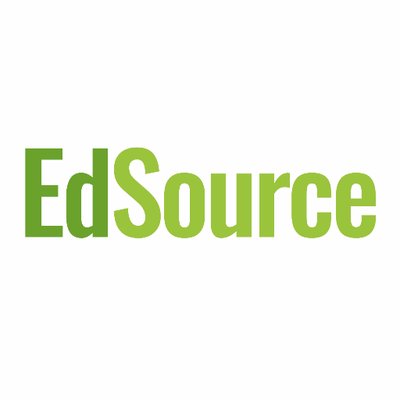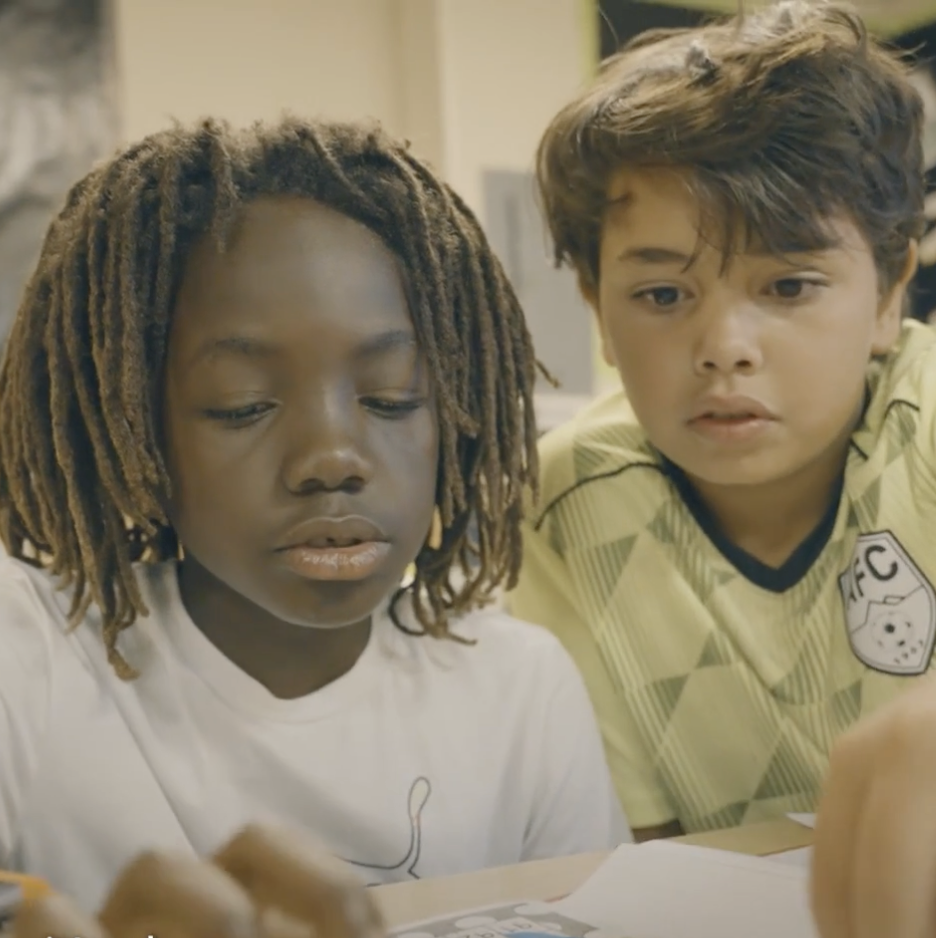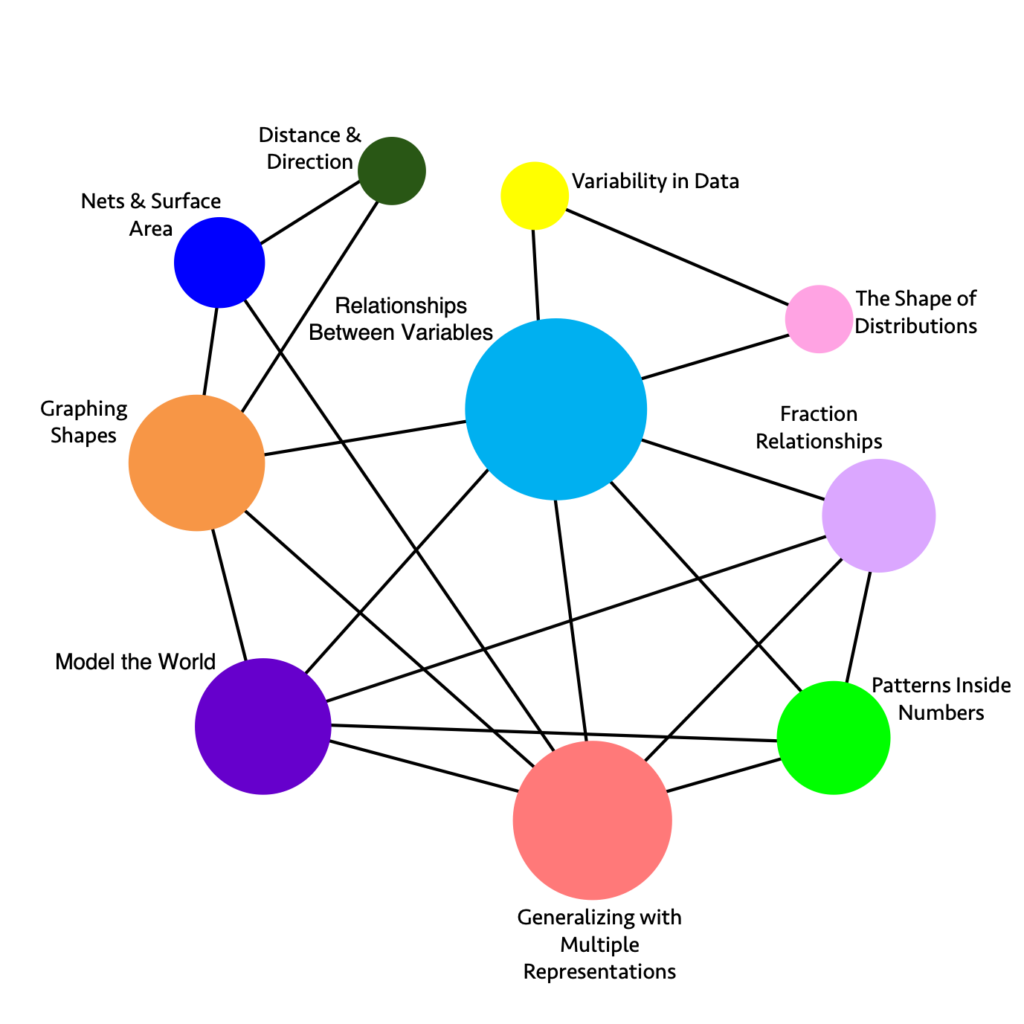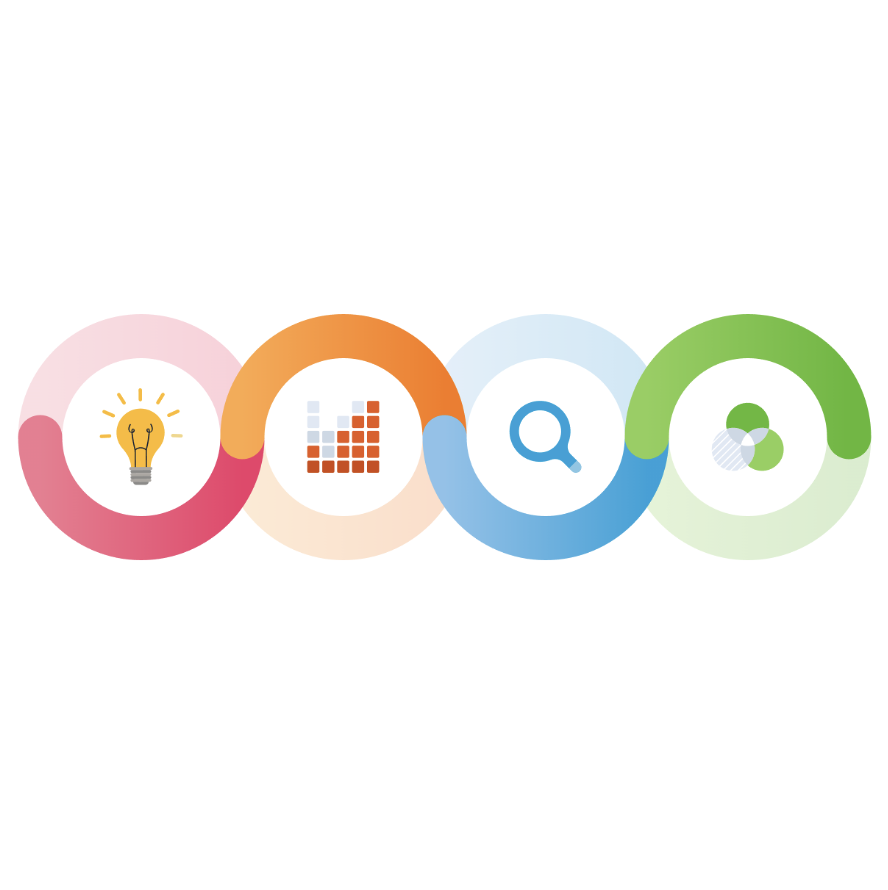Big ideas raise individual standards to a higher level so that students can learn mathematics as a meaningful subject of connected ideas. This approach has been shown by research to engage students and increase achievement and is the best approach for teaching heterogeneous groups of students. When we orient teaching to big ideas and connections, we find that there seems to be less content to teach and more time for students to explore ideas and learn deeply. The same content is actually taught and learned, but the organization of connections and big ideas allows for a more coherent approach in which students learn different, connected ideas together. The resources below provide further explanation and examples of this approach and opportunities to learn about it at a youcubed workshop!
Teaching to Big Ideas
They teamed up to help students connect their love of the game with stats.
Jo Boaler shares not what schools should do more of but, instead, what they should do less.
An article by Jo Boaler and Cole Sampson
Recommendations about how mathematics should be taught from an international organization of 38 countries
A 5 minute classroom film showing a 4th grade teacher using a big ideas approach
Six lessons that engage students in active explorations of the big ideas of calculus
We offer workshops on teaching mathematics as a conceptual, connected subject and more!
California’s distance learning curriculum and instructional guidance
An extract from the California Digital Integration and Standards Guidance
Visit our interactive page highlighting the most important content in data science for Grades K-10
Visualizing and investigating big ideas by grade level











